- No products in the cart.
Clindamycin capsules. 150mg 16 pieces
$3.81
Clindamycin capsules. 150mg 16 pieces
Out of stock
SKU: 0854344541 Categories: Antibiotics, Antibiotics, antimicrobial, antiparasitic, Medicaments Tags: clindamycin, STADA
Description
Composition
Active substance:
1 capsule contains Clindamycin (hydrochloride) 150 mg of 1 ml solution contains clindamycin (in phosphate form) 150 mg.
Excipients:
1 capsule contains: corn starch, lactose monohydrate, talc, magnesium stearate. the composition of the capsule shell: azorubin dye (E122), coloring agent Brilliant Black (E151), gelatin. composition capsule caps: titanium dioxide (E171), coloring hinolinvy Yellow (E104), coloring azorubin (E122), Ponceau dye Ponceau 4R (E124), coloring agent Brilliant Black (E151), gelatin.
Description:
Gelatine capsules, size №1, with a purple body and a red cap; contents of capsules – powder from white to yellowish-white in color.
Transparent, colorless or slightly yellowish solution.
Product form:
Capsules 150 mg.
8 capsules per blister PVC / Al. 2 blisters with instructions for use in a cardboard pack.
Contraindications
Hypersensitivity, myasthenia gravis, asthma, ulcerative colitis (history), diarrhea, pregnancy, lactation, rare inherited disease, such as galactose intolerance, lactase deficiency or glucose-galactose malabsorption (for capsules), children under the age of 8 years for capsules (average child’s weight at least 25 kg).
Dosage
150 mg
Indications
Infectious and inflammatory diseases caused by microorganisms susceptible to clindamycin: infections of the upper respiratory and ENT infection (pharyngitis, tonsillitis, sinusitis, otitis media), lower respiratory tract infections (pneumonia, including aspiration, lung abscess, empyema, bronchitis ), scarlet fever, diphtheria; urogenital tract infections (chlamydia, endometritis, vaginal infection, tubo-ovarian inflammation); skin and soft tissue infections (infected wounds, abscesses, boils, felon), the abdominal cavity (peritonitis, abscess), oral, acute and chronic osteomyelitis, septicemia (primarily anaerobic), bacterial endocarditis. Prevention of peritonitis and intraabdominal abscess after bowel perforation resulting from traumatic or infection (in combination with aminoglycosides).
Interaction with other drugs
Clindamycin (mutually) effect Rifampicin, aminoglycosides streptomycin, gentamicin (especially in the treatment and prophylaxis of osteomyelitis peritonitis following bowel perforation).
Potentiates the effect of competitive neuromuscular blocking drugs, and also enhances muscle relaxation caused n-holinoblokatorami.
Incompatible with ampicillin, barbiturates, aminophylline, calcium gluconate and magnesium sulfate.
Antagonises with erythromycin and chloramphenicol.
Not recommended simultaneous application of solutions containing vitamin B complex, aminoglycosides, phenytoin.
Simultaneous with the appointment antidiarrheal drugs increases the risk of pseudomembranous colitis.
While the use of opioid (narcotic) analgesics may increase ventilatory depression caused by them (up to apnea).
Overdose
In case of overdose may increase side effects.
Treatment: symptomatic treatment, no specific antidote. Hemodialysis and peritoneal dialysis are ineffective.
pharmachologic effect
Pharmacological group:
Antibiotic, lincosamide.
Pharmacological properties:
Clindamycin – a preparation from the group of antibiotics – lincosamides, has a wide spectrum of action, bacteriostatic binds to 50S ribosomal subunit and inhibit protein synthesis in microorganisms. It is active against Staphylococcus spp. (Including Staphylococcus epidermidis, producing penicillinase), Streptococcus spp. (Excluding Enterococcus spp.), Streptococcus pneumoniae, microaerophilic and anaerobic gram-positive cocci (including Peptococcus spp., And Peptostreptococcus spp.), Corynebacterium diphtheriae, Clostridium perfringens, Clostridium tetani, Mycoplasma spp., Bacteroidesspp. (Including Bacteroides fragilis and Bacteroides melaningenicus), anaerobic gramiolozhitelnyh not forming spores, Bacillus (including Propionibacterium spp., Eubacterium spp., Actinomyces spp.).
Most strains of Clostridium perfringens susceptible to clindamycin, but other types of Clostridium (Clostridium sporogenes, Clostridium tertium) resistant to the drug, however with infections caused by Clostridium spp., Antibiogram determination recommended.
Mechanism of action and antimicrobial spectrum close to lincomycin (with respect to certain kinds of microorganisms, especially against Bacteroides and anaerobic asporogenous, 2-10 times more potent).
Pharmacokinetics:
Quickly and completely absorbed in the gastrointestinal tract, together with food slows the absorption without changing the concentration of the drug in plasma. Easily penetrates the body fluids and tissues (tonsil, muscle and bone tissue, bronchi, lungs, pleura, bile ducts, appendix, fallopian tubes, prostate, synovial fluid, saliva, sputum, wound surface); It passes through the BBB poorly (at an inflammation of the meninges BBB permeability increases). Cmax in the blood is achieved orally via 0.75-1 hours after the / m – after 1 h in children and in adults 3 h, at / in the introduction – by the end of infusion.
In therapeutic concentration in the blood is circulated for 8-12 hours, T1 / 2 is about 2.4 hours; It is metabolized primarily in the liver (70-80%) to give the active (N-dimetilklindamitsin and klindamitsinsulfoksid) and inactive metabolites; is output for 4 days kidneys (10%) and through the gut (3.6%) as the active substance, the rest – in the form of inactive metabolites.
Pregnancy and breast-feeding
Contraindicated.
Conditions of supply of pharmacies
On prescription.
side effects
On the part of the gastrointestinal tract: dyspepsia (stomach pain, nausea, vomiting, diarrhea), esophagitis, jaundice, liver function abnormalities, hyperbilirubinemia, goiter, pseudomembranous enterocolitis.
On the part of the musculoskeletal system: rarely – a violation of neuromuscular conduction.
From the side of hematopoiesis: leukopenia, neutropenia, agranulocytosis, thrombocytopenia. Allergic reactions: seldom – maculopapular rash, urticaria, pruritus; in some cases, and exfoliative dermatitis vesiculobullous, eosinophilia, anaphylactoid reactions.
From the cardiovascular system: during rapid intravenous administration – blood pressure, up to collapse; dizziness, weakness. The injection site may irritation, pain (in the ground / IM injection), thrombophlebitis (where I / injection).
Other: the development of superinfection.
special instructions
Pseudomembranous colitis may appear as in patients receiving clindamycin, and 2-3 weeks after cessation of treatment (3-15% of cases); manifested by diarrhea, leukocytosis, fever, abdominal pain (sometimes accompanied by the release of a stool blood and mucus).
When these phenomena occur in mild cases enough discontinuation of treatment and the use of ion exchange resins (colestyramine, colestipol), in severe cases shown compensation fluid loss, electrolytes, protein, vancomycin or metronidazole inwardly.
You can not use medicines which inhibit intestinal motility.
Safety of the drug in children under 3 years of age has not been established. When long-term therapy for children requires periodic monitoring of blood formula and the functional state of the liver.
In appointing the drug in high doses necessary to monitor the plasma concentrations of clindamycin.
Patients with severe hepatic impairment need to monitor liver function (liver enzymes).
Storage conditions
Capsules are kept at a temperature of from 15 ° to 25 ° C.
Keep out of the reach of children.
Dosing and Administration
Inside, adults and children over 15 years (average 50 kg baby weight and above) in diseases average weight 1 capsule (150 mg) 4 times a day (every 6 hours). In severe infections in adults and children older than 15 years the single dose may be increased to 2-3 capsules (300-450 mg). For children from 8 years to 15 years, a method of using the capsules is reflected in the table. Child’s age average disease severity Severe disease The maximum daily dose of 8 to 12 years (average child’s weight from 25 to 40 kg) – 1 capsule 4 times per day is not more than 600 mg per day (4 capsules) From 12 to 15 years (mean child weight of from 40 to 50 kg) 1 capsule three times a day two capsules three times a day is not more than 900 mg per day (6 capsules) in patients with severe hepatic and / or renal failure is required a correction mode in the case of appointment intervals preparation at least 8 hours.
Information
Appearance may differ from that depicted in the picture. There are contraindications. You need to read the manual or consult with a specialist
Additional information
| Weight | 0.100 kg |
|---|---|
| Manufacturer | STADA |

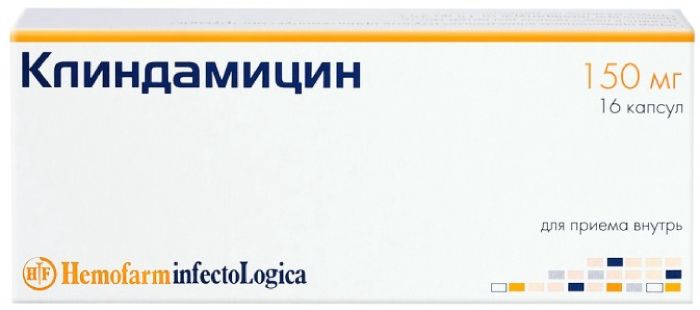
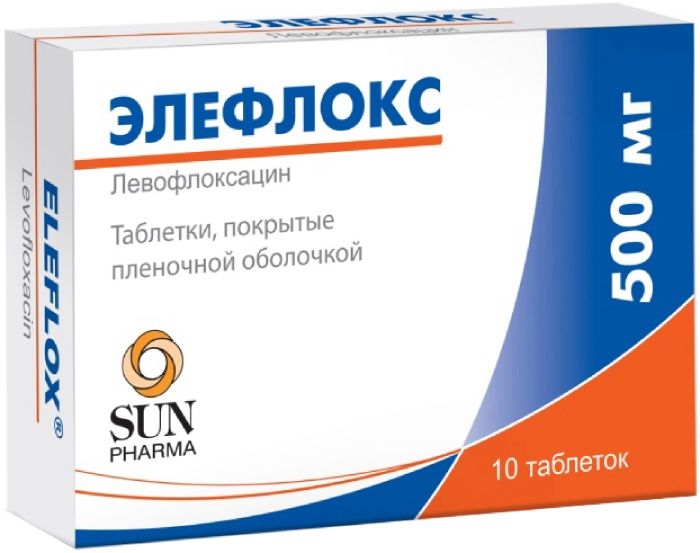
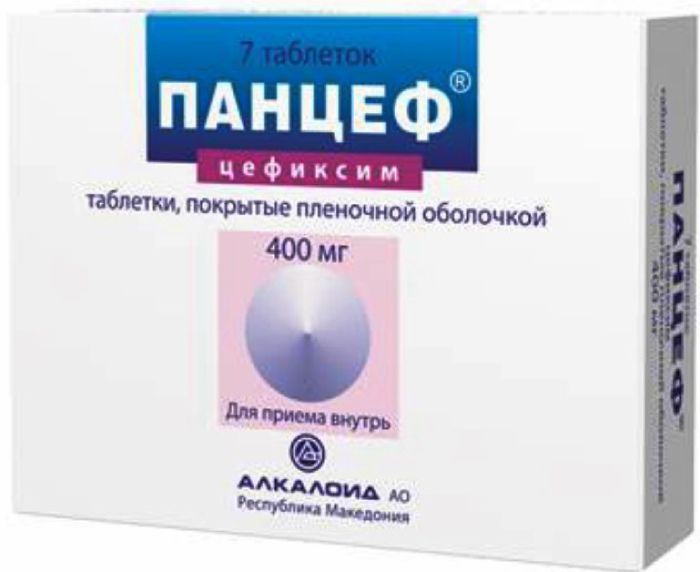
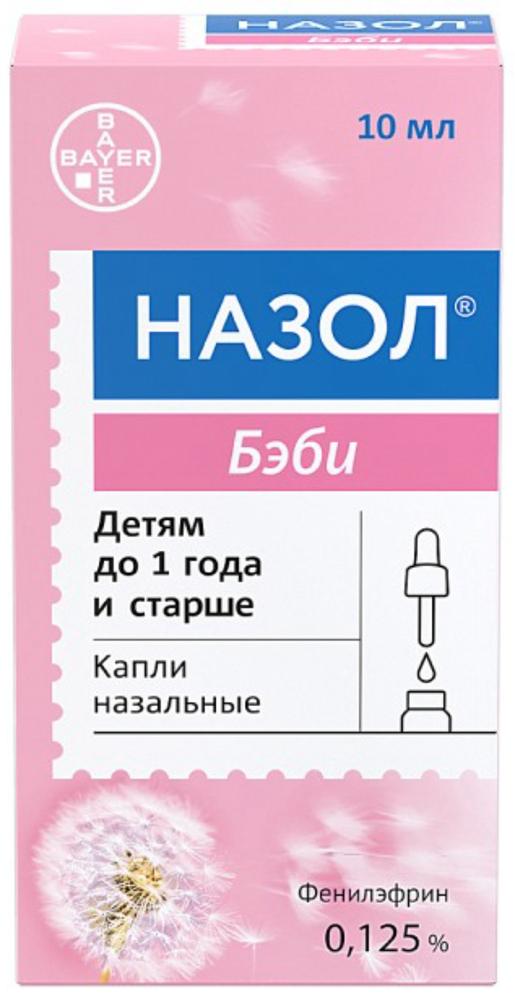
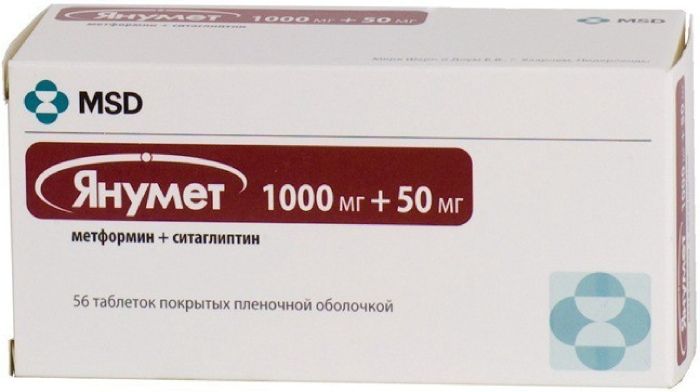
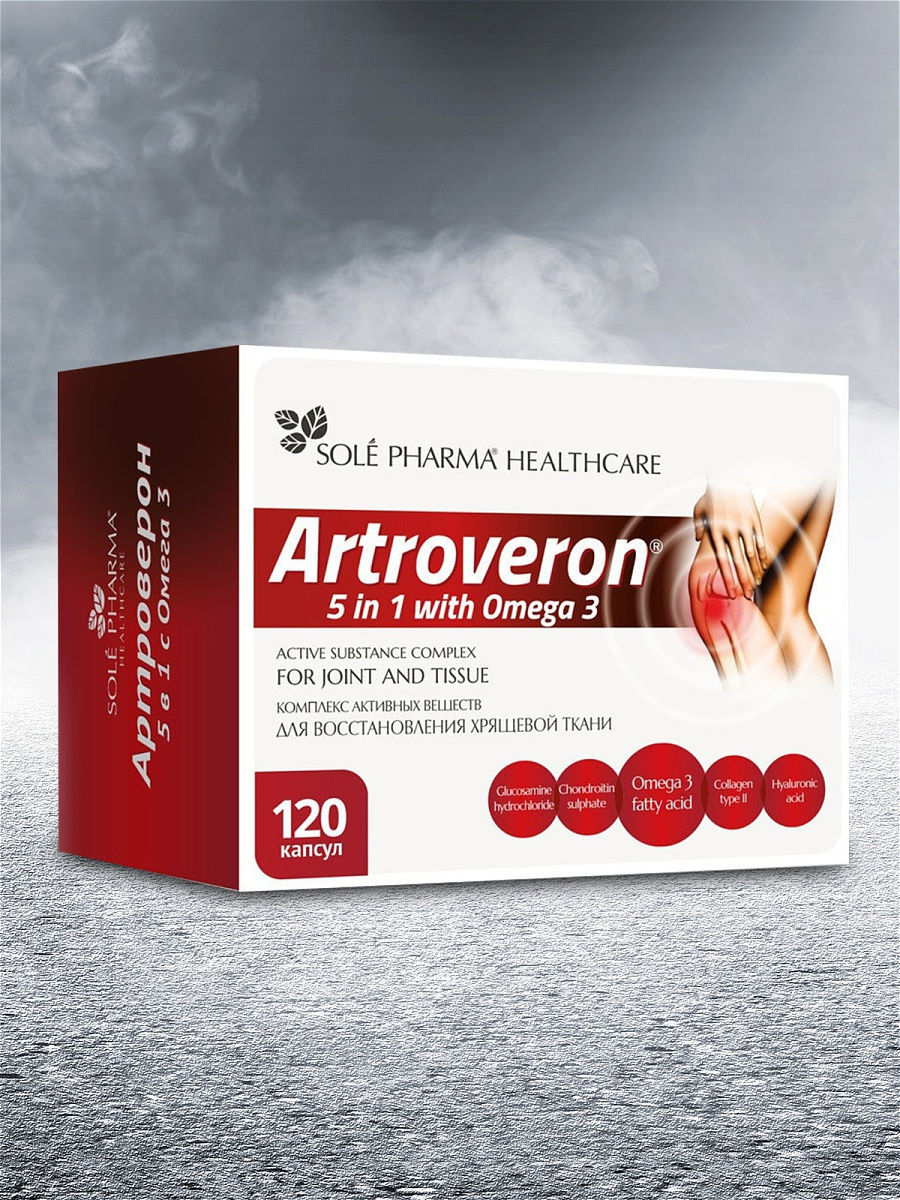
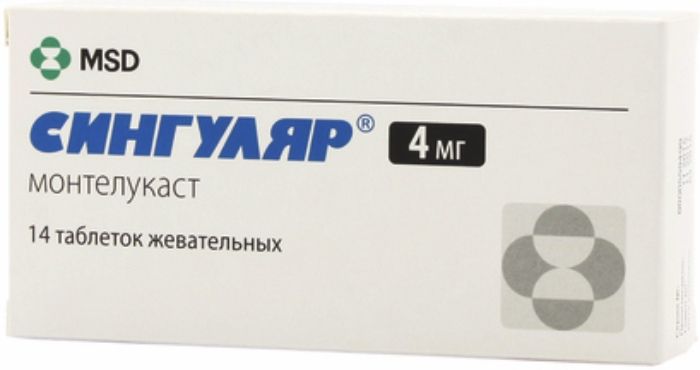

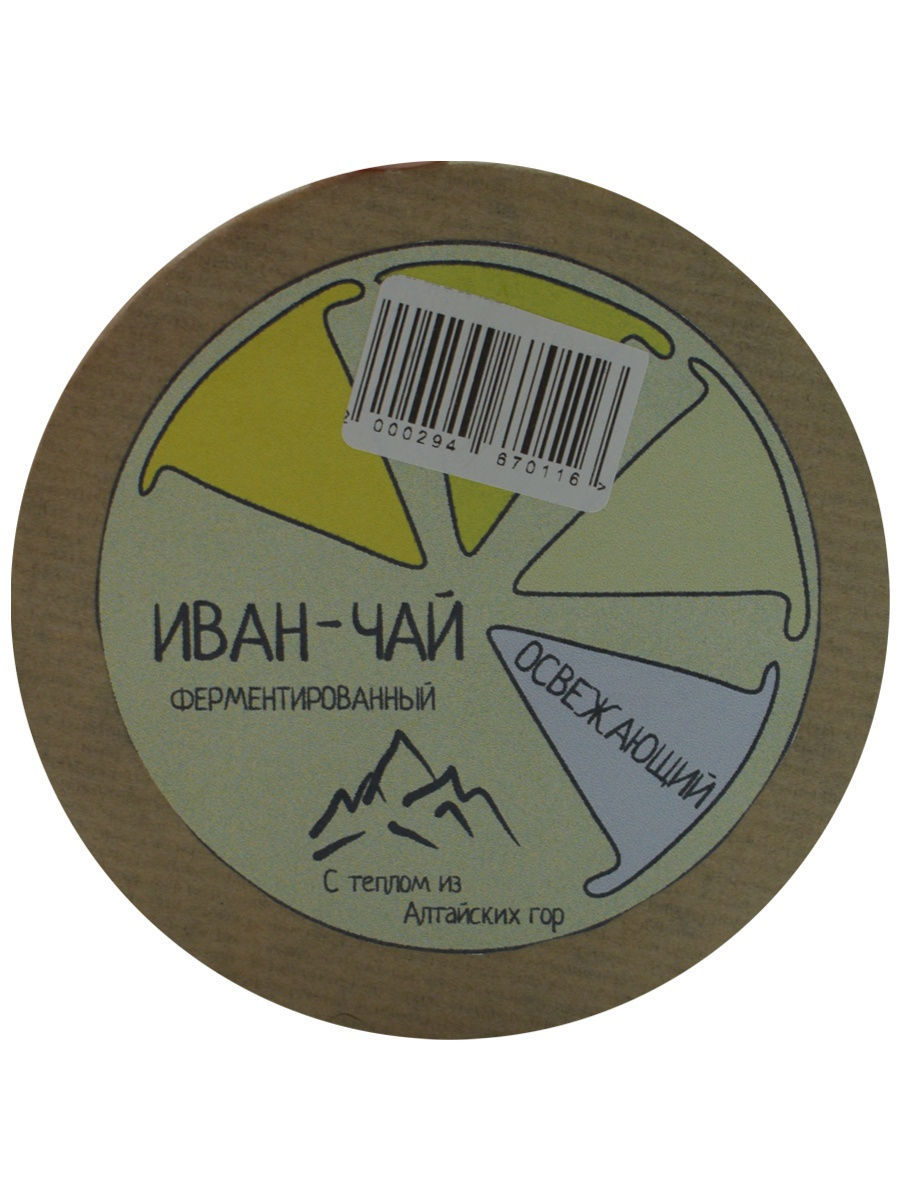




There are no reviews yet.